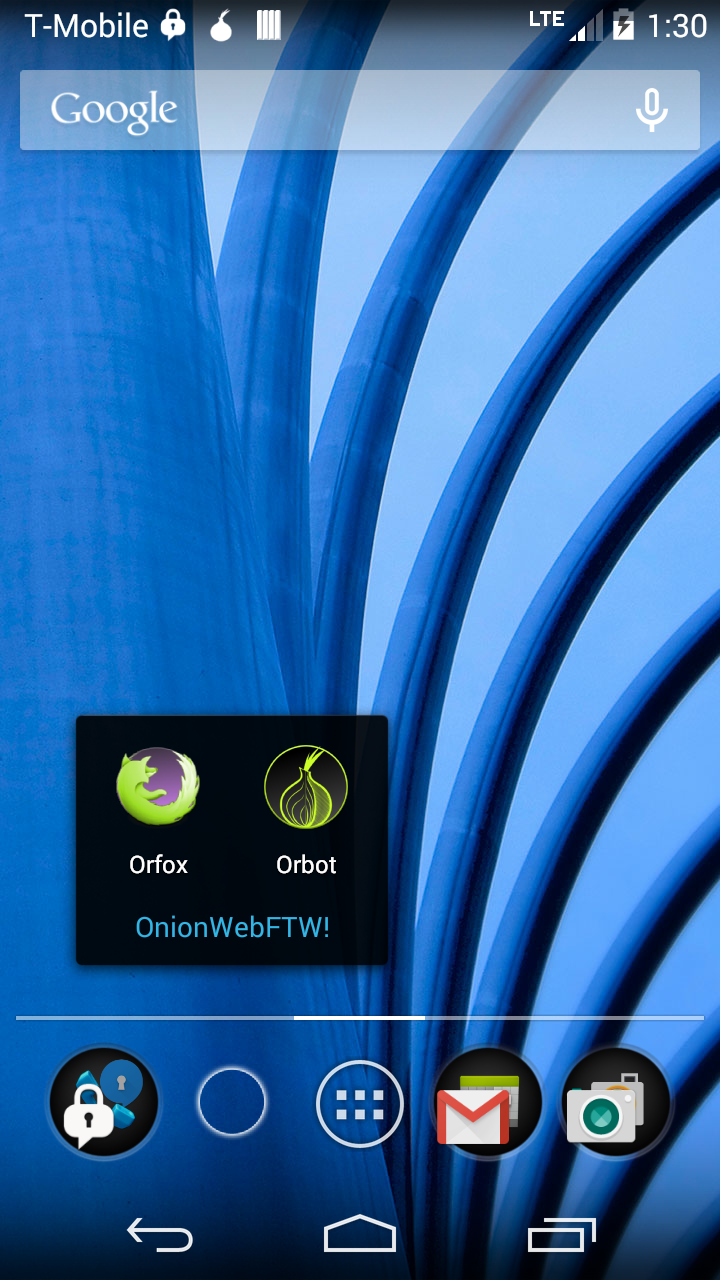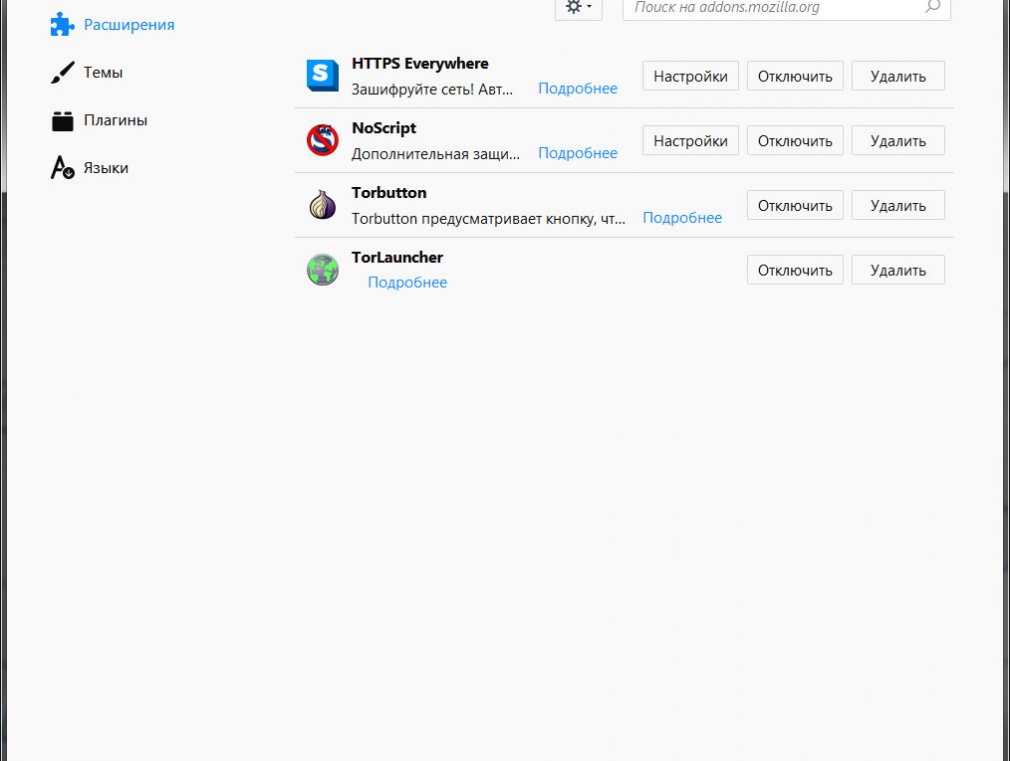
Chrome Extension-based Configuration: I2PChrome.js(Experimental, additional configuration)Īn experimental, partially-automated configuration process for Chrome is available. Set both the HTTP and SSL Proxy to addressġ27.0.0.1 with port 4444 as shown in the following screenshot.įinally, go to the address about:config and find the property _only.
Tor browser bundle for android manual#
In the Connection Settings pop-up, select Manual proxyĬonfiguration. Scroll down until you see the Network Proxy section, as shown in the screenshot below. Instructions for Firefox 57 and above:įrom the Menu button in the top right, select Preferences. The source code for the extension is available at. The extension, I2P in Private Browsing, can be obtained from the Mozilla addon store. It should not substantially interfere with your non-I2P Firefox tabs. It also contains menus, shortcuts, and monitoring tools improving Firefox's integration It does pre-configuration of your browser by enabling some of the privacy Browser Settings like ResistFingerprinting, and enforces WebRTC proxy obedience. It uses the Firefox's "Container Tabs" to build private browsing tools for use with I2P and I2P applications.

Tor browser bundle for android how to#
How to configure your browserįirefox Extension-based Configuration: I2P in Private BrowsingĪ new way of automatically configuring the I2P Browser is currently being tested. If you do not wish to use that profile or are not on Windows, you need to configure your browser yourself. If you are using Windows, the recommended way of accessing I2P is using the

Below are walkthroughs for some of the most popular browsers. Your web browser will need to be configured in order to browse web sites on I2P and to utilize the outproxies available within I2P.


 0 kommentar(er)
0 kommentar(er)
